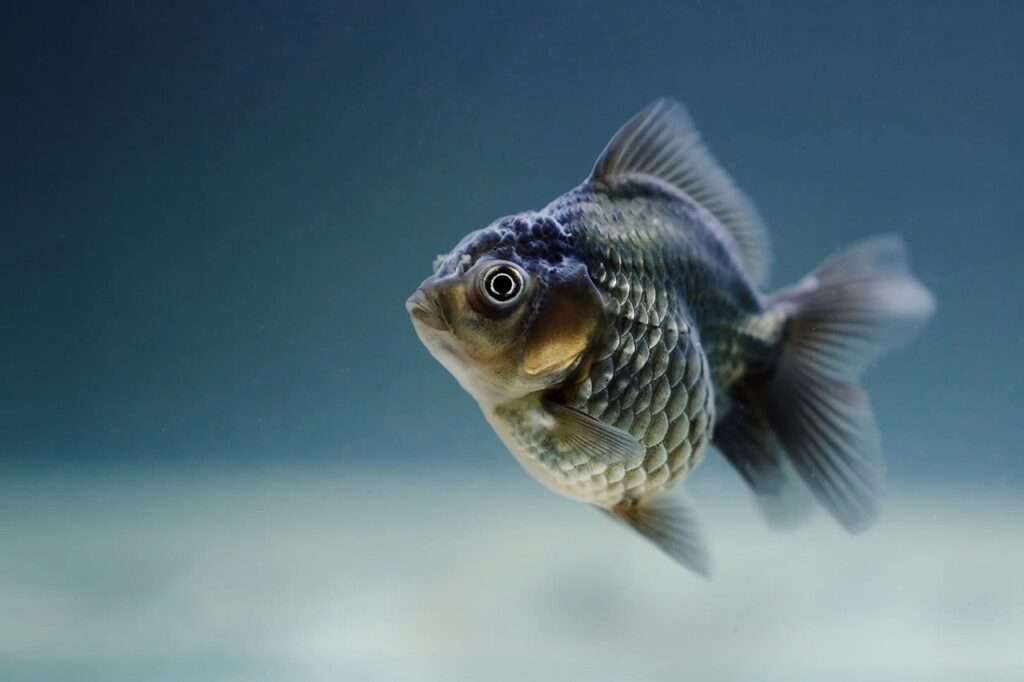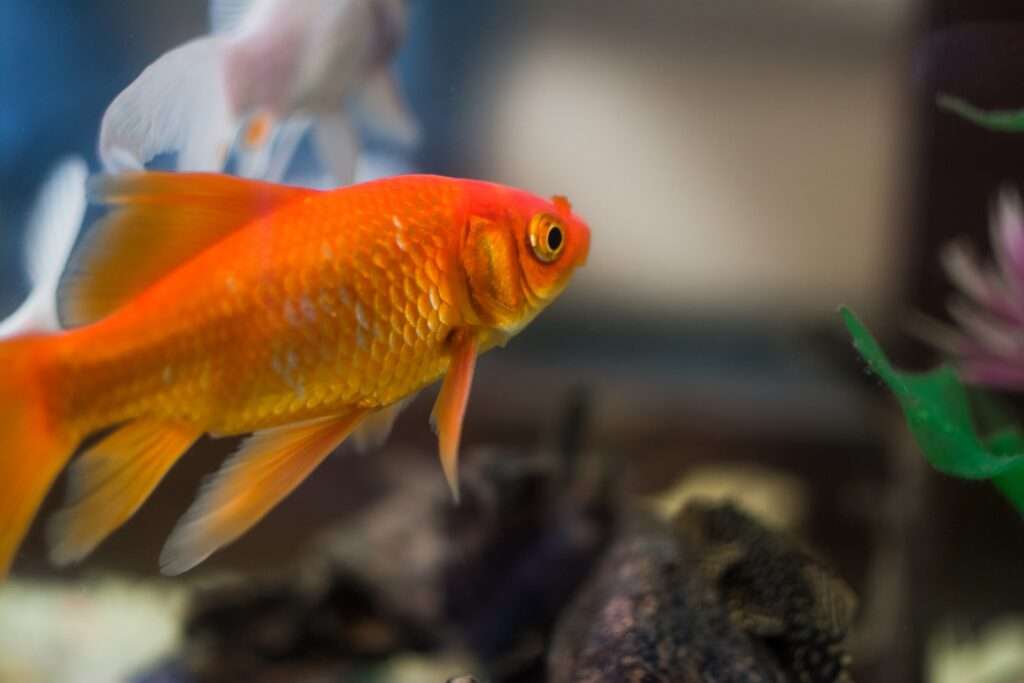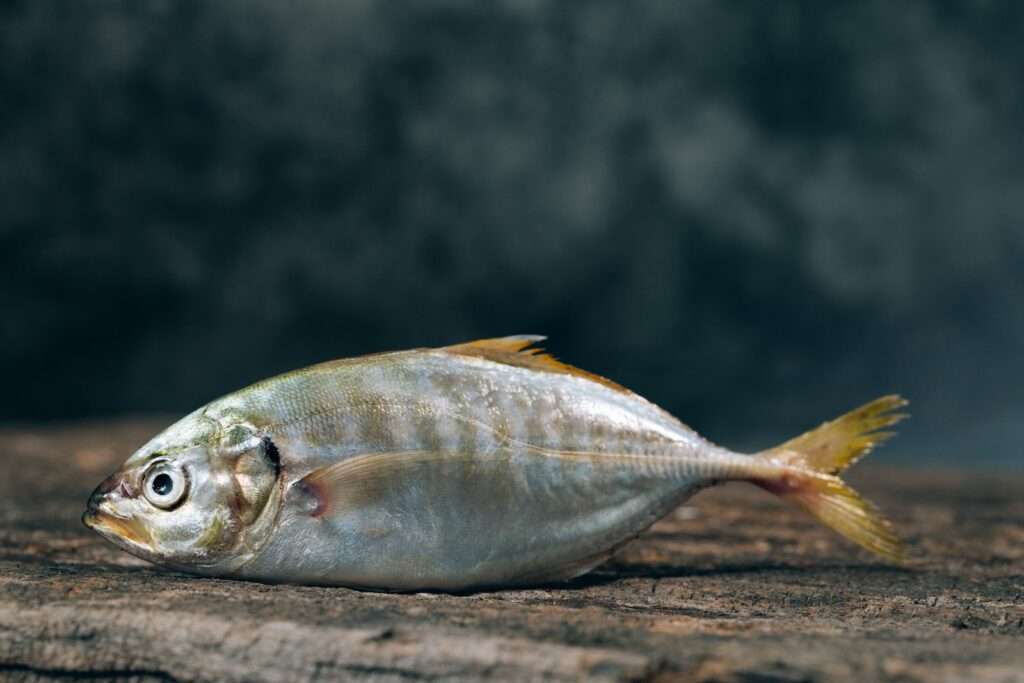Feeding fish in a tank may seem like a straightforward task, but it requires a deeper understanding of their foraging behavior. By analyzing foraging behavior, fish owners can ensure that their aquatic pets receive the appropriate nutrition and maintain optimal health.
Foraging behavior in fish refers to their feeding strategies and patterns. It is important to study this behavior as it directly affects their overall well-being. Several factors influence foraging behavior, including species-specific characteristics, the tank environment, and the feeding schedule and food type.
Different fish species have distinct foraging behaviors. Some are surface feeders, meaning they prefer to feed on food that floats on the water’s surface. Others are bottom feeders, searching for food at the tank’s substrate or on the tank floor. There are also mid-water feeders that feed in the middle section of the tank. Recognizing these feeding strategies is crucial in providing the appropriate feeding methods and ensuring that all fish receive adequate nutrition.
Observing feeding patterns is another important aspect of understanding foraging behavior. Fish have daily feeding routines, and some may have specific responses to visual cues, such as waving a finger near the tank. Additionally, social feeding dynamics play a role, as some fish may feed more actively when in the presence of others.
Tailoring feeding methods to the specific species is essential. Herbivorous fish require a diet rich in plant matter, while omnivorous fish need a combination of plant and animal-based foods. Carnivorous fish, on the other hand, thrive on a diet primarily consisting of live or frozen foods.
Choosing the right food is crucial to provide optimal nutrition for fish. Understanding their nutritional requirements, such as protein and fat content, as well as their vitamin and mineral needs, is essential. Commercial fish food options, including pellets, flakes, freeze-dried, and frozen foods, provide convenient and balanced diets. However, some fish owners may choose to make their own fish food, which has both pros and cons.
To address common questions regarding fish tank feeding, a FAQ section is included in the article. It covers topics such as feeding frequency, the risks of overfeeding, the importance of a varied diet, encouraging natural foraging behavior, and the suitability of human food for fish.
In conclusion, understanding fish tank feeding, specifically analyzing foraging behavior, is crucial for the well-being of aquatic pets. By observing feeding patterns, providing appropriate nutrition, and tailoring feeding methods to their species-specific needs, fish owners can create a thriving and harmonious aquatic ecosystem. It is important to consult species-specific guidelines and follow proper feeding practices to promote a happy and healthy life for fish.









